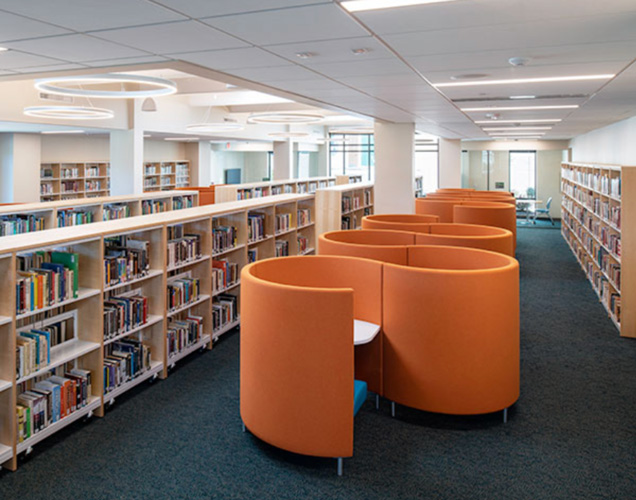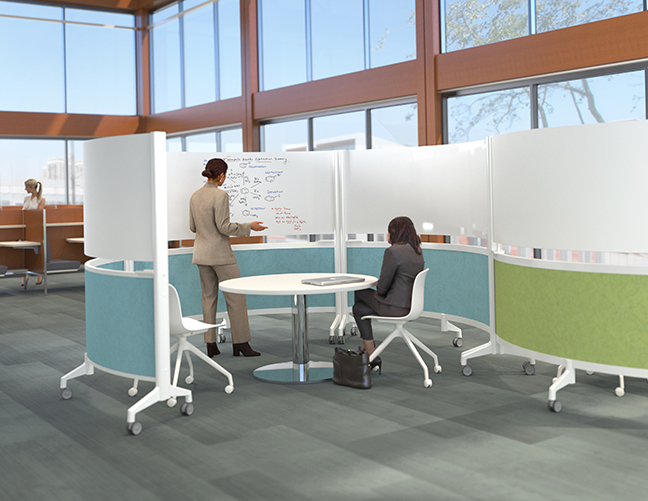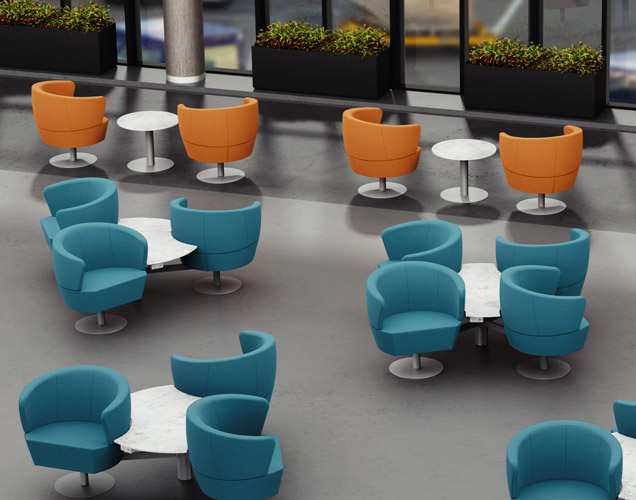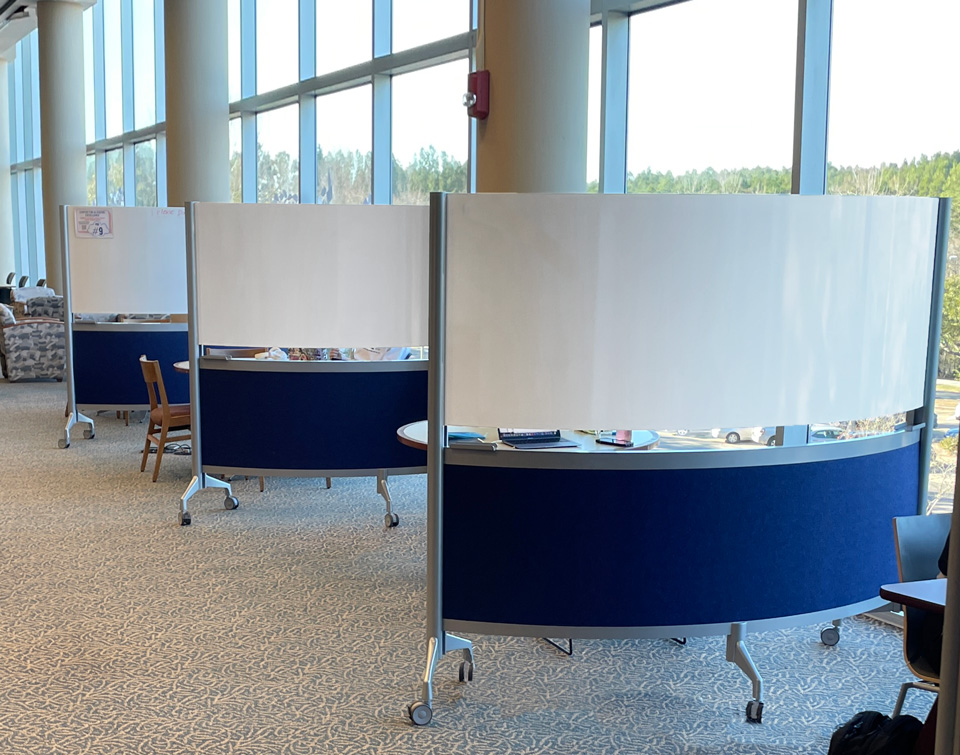
For public space designers, creating environments that cater to human needs goes well beyond aesthetics. Designers have an opportunity to create spaces that foster mental health, wellness, and a sense of belonging.
When shaping shared spaces in universities, libraries, lobbies, and other public areas, there’s a simple design concept that makes it easy to address human needs: the curve. In particular, curved furniture offers a variety of ways to create areas that not only captivate the eye but also soothe the mind, reduce stress, and encourage a natural flow of movement and interaction.
This approach to designing for human behavior can transform public spaces into inviting hubs for studying, learning, and connecting, ultimately leading to increased utilization and a more positive experience for all who enter.
In this article, we’ll take a look at some examples of curved furniture and how it can be used to transform public spaces into welcoming environments that cater to human needs.








